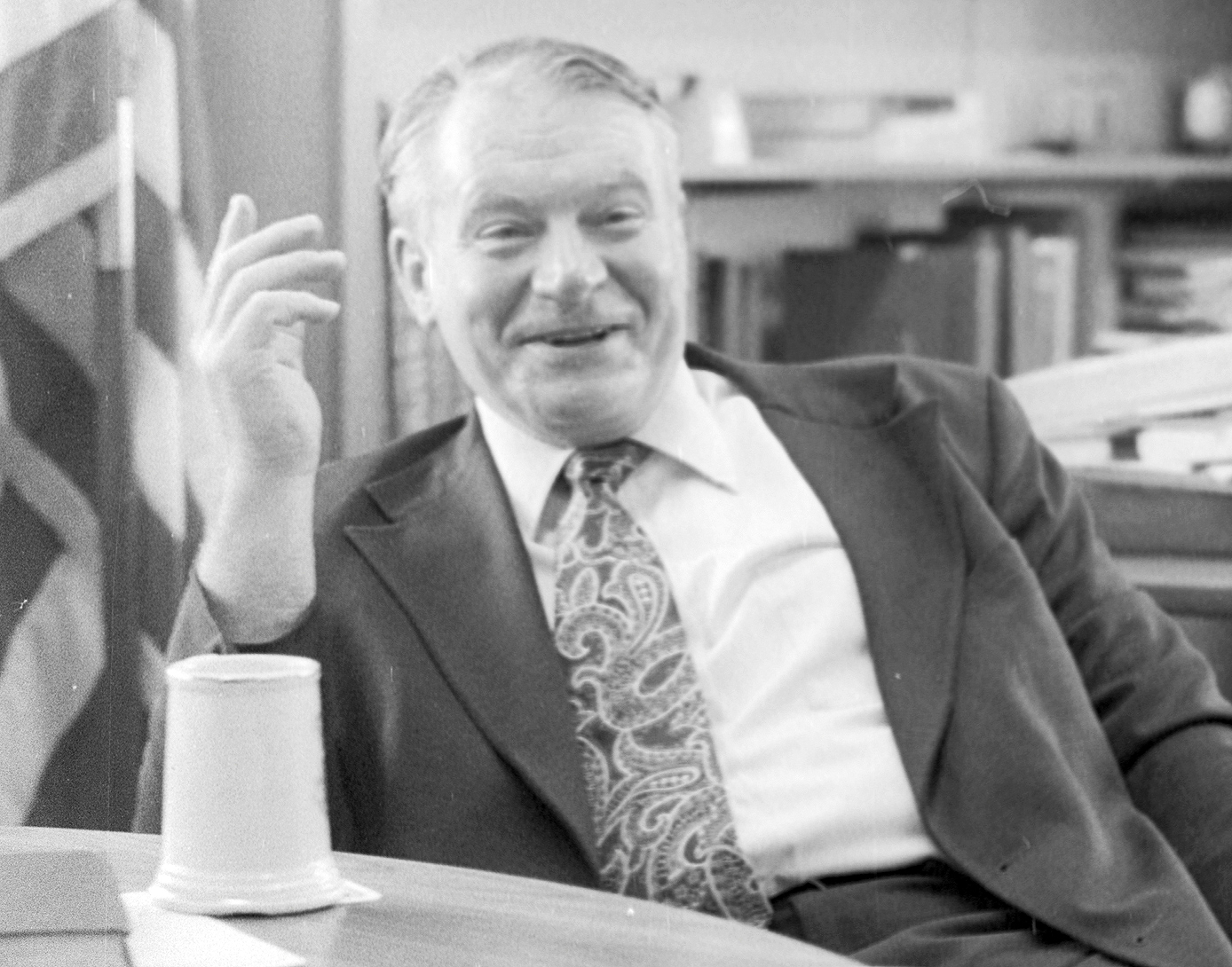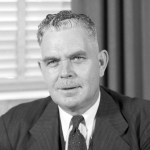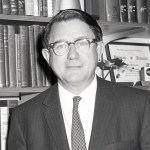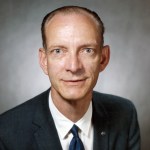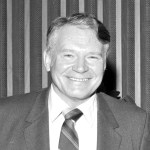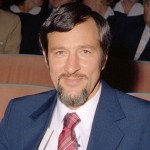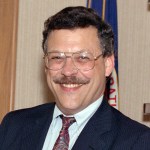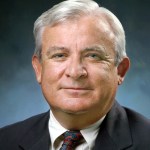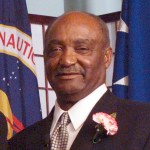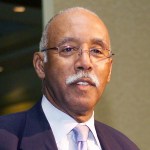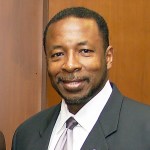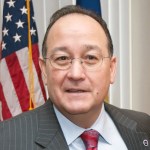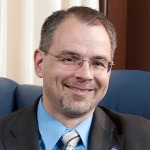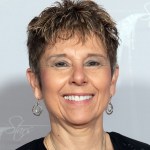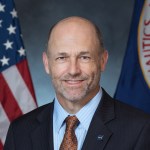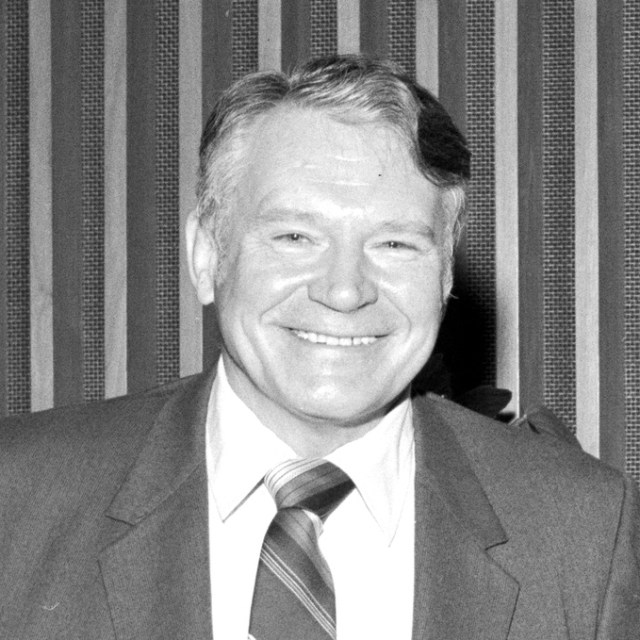
John F. McCarthy
Former Director, Glenn Research Center (Oct. 1978–Jun. 1982)
John F. McCarthy, who served as center director at NASA’s Lewis Research Center from October 1978 through June 1982, shepherded the center through a difficult period in the late 1970s and early 1980s and paved the way for the center’s resurgence in the ensuing years. He was Lewis’ first director not only from outside the center but also from outside the agency. McCarthy emphasized the need to self-promote and become proactive in seeking programmatic assignments.
The Boston-area native received his bachelor’s and master’s degrees in aeronautical engineering from the Massachusetts Institute of Technology (MIT) in 1950 and 1951. McCarthy stayed on at MIT for four more years managing their Aeroelastic and Structures Research Laboratory. He went on to serve as an operations analyst for the Strategic Air Command before becoming vice president of research and engineering in North American Rockwell’s Space Division throughout the 1960s. There McCarthy was involved with the development of the Apollo command and service modules and the Saturn rocket’s S-II stage. In 1962, he earned his Ph.D. from the California Institute of Technology.
In 1971, McCarthy returned to academia as a professor in MIT’s Department of Aeronautics and Astronautics. In 1974, he became director of MIT’s Center for Space Research, which made key investigations into space plasma and X-rays.
In early 1978, NASA Administrator Robert Frosch recruited McCarthy to assume leadership of NASA Lewis. The center, which was being led by interim director Bernie Lubarsky, was struggling to reestablish its identity within the agency and stabilize its workforce, which had been steadily declining for years. McCarthy formally began his NASA career on October 1, 1978.
McCarthy used his outsider perspective to prod the center to reevaluate its parochial view of its role in the agency. During his introductory meeting with the Lewis staff, McCarthy was forthright regarding the world’s view of both Cleveland and the center. “I think that Lewis is plagued with the problem of spending all their time doing their job and ignoring the selling aspects and the PR aspects, including [promoting Lewis work at] headquarters.”
McCarthy and Lubarsky spent several days at Headquarters reviewing NASA’s long-range plans, which included frequent space shuttle missions, a new space station, and turning over satellite launch services to private industry. McCarthy initiated the publication of annual reports describing Lewis’ competencies, achievements, and goals.
McCarthy reorganized the staff in January 1980 to merge the Launch Vehicles and Space Systems directorates as NASA transitioned into commercialization of launch services. This transition severely reduced the number of Lewis-managed Centaur launches. McCarthy, however, successfully convinced NASA leadership that Lewis should manage the agency’s new effort to deploy Centaur’s from the shuttle cargo bay. Despite strong opposition from the space flight centers, in May 1981, NASA assigned Lewis responsibility for the Shuttle/Centaur Program.
During McCarthy’s term, the Research Analysis Center was constructed to house the center’s mainframe computers, as well as a new Cray supercomputer. The facility, the center’s first new building in over a decade, opened in 1980.
McCarthy broke from his predecessors and spent significant amounts of time in Washington, DC, soliciting support from elected officials, industry, and NASA Headquarters. The Office of Management and Budget (OMB) was pressing NASA to slash its non-shuttle expenditures. This posed a significant threat to the existence of Lewis and other aeronautics centers. In June 1981, McCarthy testified on the impact of NASA budget reductions on Cleveland during hearings by Congresswoman Mary Rose Oakar. He also formed a team of senior managers, the Save Our Center Committee, to begin identifying the center’s strengths. During Congressional budget negotiations in December 1981, it was decided that the center would remain open.
Three months later, in March 1982, McCarthy announced that he would be leaving NASA to return to MIT. During his final months, McCarthy revived the Save Our Center Committee to start planning the center’s future based on its strengths, and setting the stage for the center’s comeback in the 1980s. The plan was in place when his successor Andy Stofan became center director in July 1982. McCarthy gave an emotional talk to the hundreds of Lewis employees who attended a farewell reception on June 22, 1982.
After leaving Lewis, McCarthy joined Northrop as vice president and general manager of the Electro-Mechanical Division. McCarthy passed away on February 7, 1986, at the age of 60.
Additional ResourcesB



























